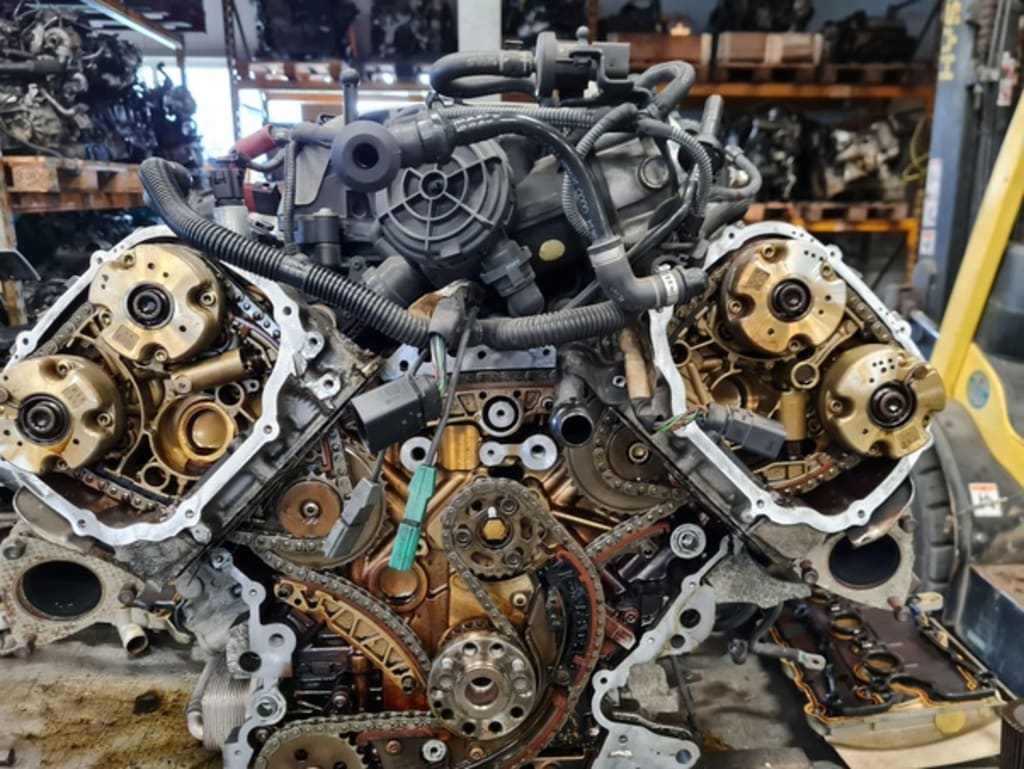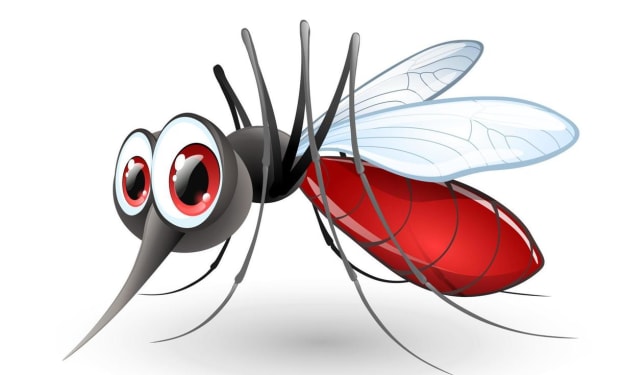Advantages and Disadvantages of Using Belts Instead of Chains for Cams in Engines
Advantages and Disadvantages of Using Belts for Camshaft Drives

Engine performance, reliability, and maintenance are all significantly impacted by the engineering decision of whether to use belts or chains to drive the camshaft. The application of the engine, financial concerns, and design constraints are only a few of the variables that affect which alternative is best. Each option has its benefits and drawbacks. The pros and cons of employing belts instead of chains for camshafts in engines will be discussed in this article, along with the variables that affect this decision and its ramifications.
Advantages of Using Belts for Camshaft Drives
Reduced Noise and Vibration: Belts' capacity to reduce noise and vibration is one of its main advantages when used in camshaft drives. Belts work with little noise and vibration, in contrast to chains, which may produce a lot of noise and vibration as a result of contact between the chain links and sprockets. This is especially advantageous for machinery and vehicles that need operate quietly, such as some commercial and industrial settings and passenger transportation.
Compact and effective: Chains tend to be heavier than belts, which might lower the spinning mass of the engine. With less bulk, an engine's overall performance and fuel economy may be enhanced. Additionally, belts are more energy-efficient than chains because of decreased friction losses, which improves engine performance.
Lower Maintenance Requirements: Any engine design must consider maintenance, and belts offer an advantage over chains in this area. Belts don't need to be lubricated, which lowers maintenance requirements and expenses. They also last longer before needing to be replaced since they are less likely to stretch and wear. For engines used in applications with lengthy maintenance intervals, like many consumer automobiles, this can be very helpful.
Precision Timing: Belts are renowned for their ability to precisely time events. They can maintain correct camshaft timing across a wide range of engine speeds and convey motion with little backlash. With regard to current, high-efficiency engines in particular, this accuracy is crucial for optimising engine performance and emissions management.
Corrosion Resistance: Belts offer an advantage over chains in applications where exposure to moisture and rust is a problem. Typically, corrosion-resistant materials like rubber and reinforced cloth are used to make belts. Because of this, they can be used in naval engines and other settings where chains may degrade more quickly.
Disadvantages of Using Belts for Camshaft Drives
Limited Load Capacity: Comparatively speaking, chains can carry a greater load than belts. Because of this, they can't be used in high-torque or demanding applications like industrial machines or big diesel engines. Applications that call for the transfer of a lot of power and torque are better suited for chains.
Limited Durability in Some Situations: Although belts often outlast chains, they could not hold up as well in some operational scenarios. High-speed operations, exposure to oil and chemicals, and extreme heat all hasten belt wear and deterioration. Chains could be a more durable option in certain circumstances.
Sensitive to Misalignment: Misalignment is susceptible to belts, which can result in early wear and decreased effectiveness. In order for belt-driven camshafts to operate reliably, proper alignment is essential. On the other hand, chains are more understanding of minor misalignments.
Belt Tensioning and Adjustment: Reliable operation of a belt-driven camshaft system depends on maintaining the correct tension. Belts may stretch with use, necessitating frequent tensioning and adjusting. Although less accurate in timing, chains don't need their tension adjusted frequently and are more "set-and-forget" in this aspect.
Environmental Concerns: Belts are frequently composed of synthetic materials, such as rubber, which can have an impact on the environment during production and disposal. While metal alloys are more recyclable and have a longer lifespan in some applications, chains are frequently built of these materials.
Conclusion
The decision to use belts or chains for camshaft drives in engines is complex and depends on a number of variables, including the application, design objectives, and maintenance needs. Belts include benefits such as less noise, lightweight construction, less maintenance, perfect timing, and resistance to corrosion. They do, however, have a low load capacity, may not last as long in harsh environments, are susceptible to misalignment, demand regular tensioning, and create environmental issues.
In the end, it is important to choose belts or chains for camshaft drives carefully, taking into account the unique requirements of the engine and the trade-offs involved with each choice. Both belts and chains now offer more possibilities thanks to modern engineering methods and materials, enabling better customization for varied purposes. The choice between belts and chains will remain a crucial factor in maximising engine performance and lifetime as technology develops.






Comments
There are no comments for this story
Be the first to respond and start the conversation.